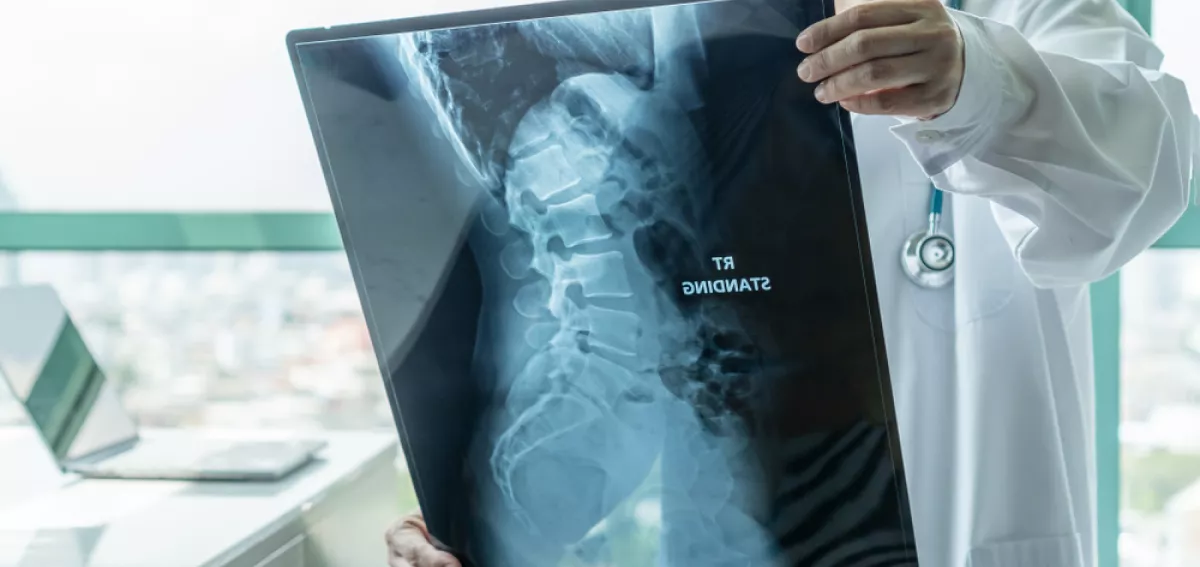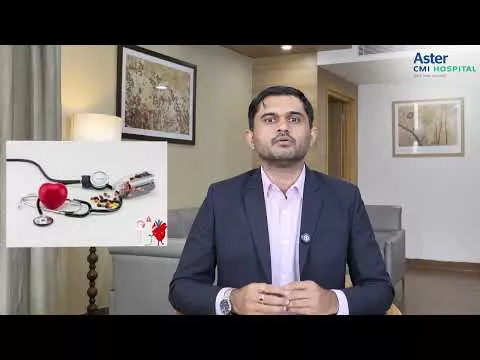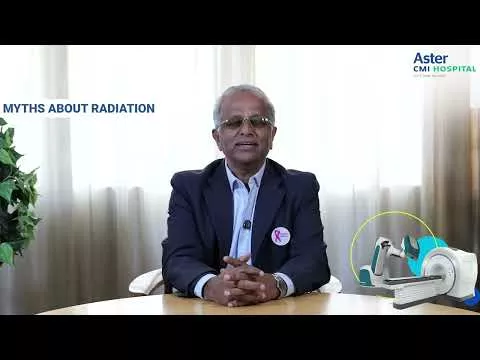Spinal Muscular Atrophy (SMA) is a group of rare neuromuscular illnesses wherein the lower motor neurons or anterior horn cells in the spinal cord are lost or have deteriorated. The role of the lower motor neurons is to transmit nerve signals from upper motor neurons, which are found in the brain, to the muscles they regulate. The depletion of lower motor neurons causes progressive muscle weakness, muscle atrophy and low muscle tone (hypotonia), which are often more prominent in the proximal muscles, that is, those nearest to the body's trunk, including the shoulders, hips and back. However, the majority of voluntary muscles, such as those involved in eating, swallowing and breathing, are controlled by neurons that can be damaged. Seeking timely evaluation at an Internal Medicine Hospital in Hebbal Bangalore can help detect such neuromuscular conditions early and manage symptoms effectively.
According to one study, SMA affects 1 in every 7,744 live births in India, which is around 3,200 newborns every year.
The early detection of newborns with SMA and subsequent early implementation of treatment are made possible by newborn screening. Newborn screening for SMA results in the rapid referral of infants for confirmation testing, therapy discussion and care. The best results come from the early intervention prior to the onset of symptoms.
Symptoms of SMA
Each variant/type of SMA has a different set of symptoms. People with SMA typically endure a progressive loss of muscle strength, coordination and mobility. With age, muscle loss becomes severe. The muscles closest to the torso and neck are frequently the worst affected by the condition. Some SMA patients can never sit, stand or walk, and some patients eventually lose the ability to perform these tasks. Getting evaluated at a Neurology Hospital is recommended in case of the occurrence of any of the following symptoms:
- Floppy or weak arms and legs
- Mobility problems, such as difficulty sitting up, crawling or walking
- Twitching or shaking muscles (tremors)
- Structural issues in bones and joints, such as an unusually curved spine (scoliosis)
- Difficulties in breathing and swallowing.
If you notice these signs, consulting General Physicians in Hebbal Bangalore is advisable, as they can guide you toward the right specialist for advanced neurological evaluation and care.
Genetic Predisposition
SMA is autosomal recessively inherited, which means that the affected person has two mutant genes, often inheriting one from each parent, with the exception of some uncommon cases brought on by mutations in the UBA1 gene. Those with only one mutant gene are asymptomatic carriers of the illness. Multiple members of the same generation may be affected by autosomal recessive illnesses.
Diagnosis
Some of the symptoms of SMA are similar to those of neuromuscular diseases like muscular dystrophy. Your healthcare professional will do a physical examination and obtain a medical history to determine the origin of your symptoms. To identify SMA, your doctor can also request one or more of the following tests:
- Blood test: Creatine kinase levels can be checked using a blood test that measures both proteins and enzymes. This enzyme is released into the bloodstream by weakening muscles.
- Genetic test: This genetic blood test looks for SMN1 gene issues. A genetic test is 95% accurate as a diagnostic technique for identifying the mutated SMN1 gene. SMA testing for newborns is standard in some regions.
- Nerve conduction test: An electromyogram is a test that monitors the electrical activity and health of muscles and the nerves that control them.
- Muscle biopsy: A doctor could occasionally take a sample of your muscles. A little bit of muscle tissue is removed during this surgery, and it is sent to a lab for analysis. A biopsy may reveal indications of muscular atrophy or loss.
Types
There are four primary types of SMA:
- Type 1 (severe): Werdnig-Hoffman's illness, commonly known as type 1, affects about 60% of SMA patients. A baby's first six months of life are usually when symptoms first manifest, or sometimes, they can even manifest at birth. Babies with type 1 SMA have trouble sucking and swallowing. They do not reach common developmental milestones like sitting or holding their heads up. Children are more likely to have respiratory infections and collapsed lungs (pneumothorax) as their muscles continue to deteriorate. Most children with type 1 SMA do not survive to their second birthday.
- Type 2 (intermediate): Type 2 SMA, commonly known as Dubowitz disease, first manifests symptoms in infants between the ages of 6 and 18 months. This type of SMA usually affects the lower limbs. Type 2 SMA patients may be able to sit up but cannot walk. The majority of kids with type 2 SMA live to maturity.
- Type 3 (mild): After a child reaches 18 months of age, type 3 SMA symptoms (also known as Kugelbert-Welander or juvenile-onset SMA) start to show. Some individuals with type 3 do not show symptoms until they are young adults. Mild muscle weakness, trouble walking and recurrent respiratory infections are examples of type 3 symptoms. Symptoms can eventually make it difficult to stand or move. Life expectancy is not greatly decreased in Type 3 SMA.
- Type 4 (adult): The uncommon adult type of SMA often does not manifest until the mid-30s. Most persons with type 4 stay active and lead full lives despite the slow progression of muscle-weakening symptoms.
Treatment
Unfortunately, SMA is incurable. Treatments are based on the symptoms and the form of SMA. Physical and occupational therapies, as well as assistive tools, including orthopaedic braces, crutches, walkers and wheelchairs, are helpful for many SMA patients.
The following therapies may also prove to be beneficial:
- Disease-modifying therapy: In this therapy, certain drugs are given to stimulate the production of the SMN protein. Children from the ages of 2 to 12 years are given Nusinersen (Spinraza®). It is injected into the region around the spinal canal. Risdaplam (Evrysdi®) is proven to be effective in children older than 2 months and in adults. In most cases, it is taken orally on a daily basis.
- Gene replacement therapy: For children younger than 2 years of age, a one-time intravenous infusion of a medication called onasemnogene abeparvovec-xioi (Zolgensma®) is said to help. This treatment works by replacing a missing or faulty SMN1 gene with a functioning gene.
FAQs
1. How common is SMA?
SMA is a relatively rare neurological illness. It affects 1 in every 7,744 live births in India, which is around 3,200 newborns every year.
2. How is SMA diagnosed?
A paediatric neurology hospital usually conducts a blood test that is designed to identify genetic defects in the SMN1 gene and makes a diagnosis.
3. How can I find a doctor who specialises in SMA?
You can consult Aster Hospital’s team, which includes the best neurologists in Bangalore, for the best possible care. The doctors specialise in the diagnosis and subsequent treatment of SMA.
4. What is the life expectancy for people who have SMA?
The threat varies across the different types of SMA, with severe forms demonstrating an expectancy of only up to 2 years from birth. The life expectancy is higher in adult cases.
5. What is SMA with Respiratory Distress (SMARD)?
SMARD is a different kind of rare neurological illness resulting from aberrations in the IGHMBP2 gene.





